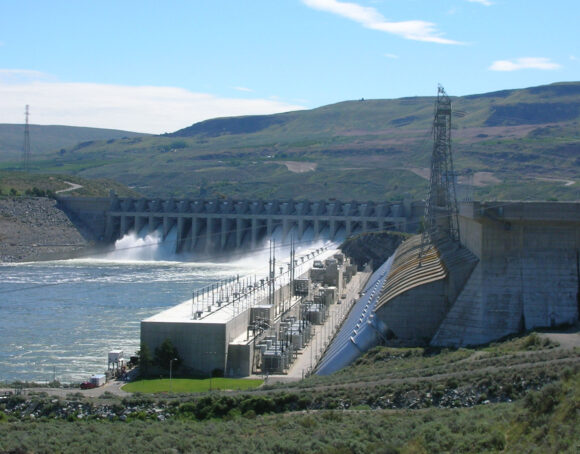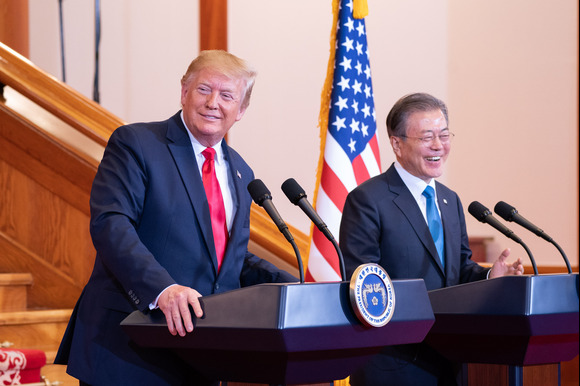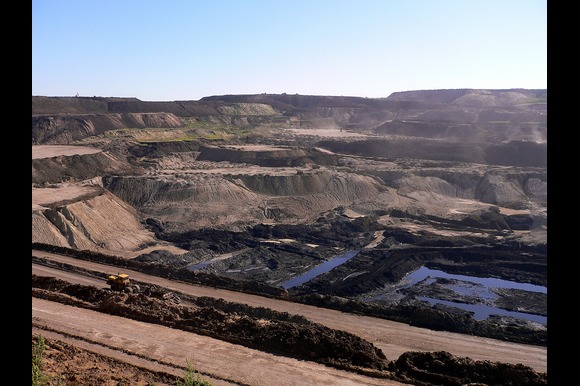
By Greg Goebel
After thirty consecutive months without rain, desperation grips the town of San Francisco de Conchos in northern Mexico’s Chihuahua state. Along the cracked shores of Lake Toronto—the receding reservoir behind the La Boquilla dam—locals gather to pray for divine intervention. A priest leads farmers on horseback and their families in solemn prayer, standing on dry earth that was once submerged beneath the lake’s waters.
Rafael Betance, a volunteer who has monitored La Boquilla for the state water authority for 35 years, gestures toward the vast, exposed stone lakebed. “This should all be underwater,” he says. “The last time the dam was full and spilled over slightly was in 2017. Since then, levels have dropped each year. We’re now 26.52 metres below the high-water mark—less than 14% of capacity.”
Hope for rain remains faint amid temperatures soaring to 42°C (107.6°F), and now, an old water-sharing dispute with Texas is intensifying tensions on both sides of the border.
Under the terms of a 1944 treaty, Mexico must deliver 430 million cubic metres of water annually to the United States via the Rio Grande. The water moves through tributaries into binational dams managed by the International Boundary and Water Commission (IBWC), which regulates cross-border water sharing. In exchange, the U.S. supplies Mexico with nearly 1.85 billion cubic metres of water annually from the Colorado River to sustain cities like Tijuana and Mexicali.
But Mexico has fallen behind on its deliveries, particularly in the 21st century. Mounting pressure from Republican lawmakers in Texas led former U.S. President Donald Trump to accuse Mexico—via his Truth Social platform—of “stealing” American water and threaten punitive measures such as tariffs and potential sanctions unless obligations are met. However, he did not provide a specific deadline for enforcement.
Mexican President Claudia Sheinbaum has acknowledged the water debt but has maintained a more conciliatory tone. In response, Mexico transferred 75 million cubic metres of water to the U.S. via the shared Amistad Dam in April, but this represents only a small portion of the roughly 1.5 billion cubic metres owed.
The issue evokes strong emotions, particularly in Chihuahua. In 2020, two Mexican civilians were killed in clashes with the National Guard at La Boquilla as farmers tried to prevent the water’s redirection.
Rafael Betance echoes the prevailing sentiment in the region: “You can’t take what isn’t there.” But this does little to comfort farmers in Texas like Brian Jones, a fourth-generation cultivator in the Rio Grande Valley, who says the lack of irrigation water has forced him to plant only half his land over the past three years.
“We’ve been battling Mexico because they haven’t kept their end of the deal,” Jones says. “We’re only asking for what the treaty guarantees us, nothing more.”
Jones disputes the severity of the drought in Chihuahua, claiming the region received sufficient rainfall in October 2022 but sent “zero” water north. He accuses Mexico of hoarding water to grow competitive crops. On the Mexican side, farmers interpret the treaty differently, saying water is only sent when domestic supply is sufficient—and with Chihuahua gripped by severe drought, there’s simply nothing extra to give.
Beyond supply concerns, agricultural practices have also come under scrutiny. Chihuahua’s Rio Conchos Valley relies heavily on water-intensive crops like walnuts and alfalfa. Traditional irrigation methods involve flooding fields using open-channel systems. Walnut trees, for example, require roughly 250 litres of water daily.
Texan critics argue these practices are wasteful. But some farmers in Chihuahua are modernizing. Jaime Ramirez, a walnut grower and former mayor of San Francisco de Conchos, proudly demonstrates his efficient sprinkler system, which uses about 60% less water than conventional flooding.
“This system helps us irrigate less frequently, which is crucial when the Rio Conchos runs too low,” Ramirez explains. However, he acknowledges that many neighbors still rely on older methods, often due to the prohibitive costs of upgrading. He continues encouraging fellow farmers to switch, emphasizing long-term savings on energy and water.
Ramirez also urges Texan farmers to recognize the existential threat facing their Mexican counterparts. “This is a desert region, and there hasn’t been rain. If it doesn’t come again this year, agriculture here may vanish. All available water will have to be reserved for human consumption,” he warns.
Many in northern Mexico now argue that the 1944 treaty no longer reflects modern realities. Ramirez contends the agreement, suitable eight decades ago, hasn’t evolved to account for climate change or population growth.
Across the border, Brian Jones disagrees. “This treaty was signed when my grandfather farmed. It’s served us through generations,” he says. “Now we see Mexico falling short, and I can’t farm my land properly. That’s incredibly frustrating.”
He welcomes Trump’s more aggressive stance, which he says has invigorated Texan farmers with a sense of renewed purpose.
Meanwhile, the ongoing drought is not only affecting agriculture in Chihuahua but also devastating the region’s tourism industry. With Lake Toronto’s water level so low, the remaining reservoir is heating rapidly, threatening marine life that once drew visitors to the area.
In all his years of monitoring the reservoir, Rafael Betance has never seen it this dire. “Praying for rain is all we have left,” he reflects solemnly.




